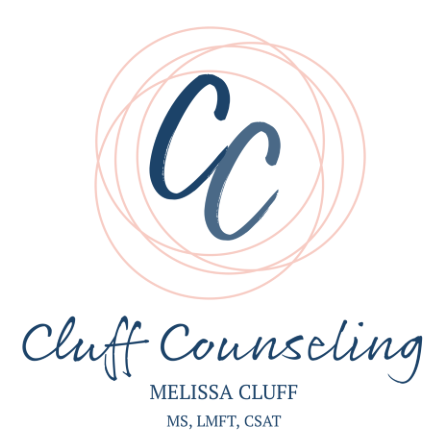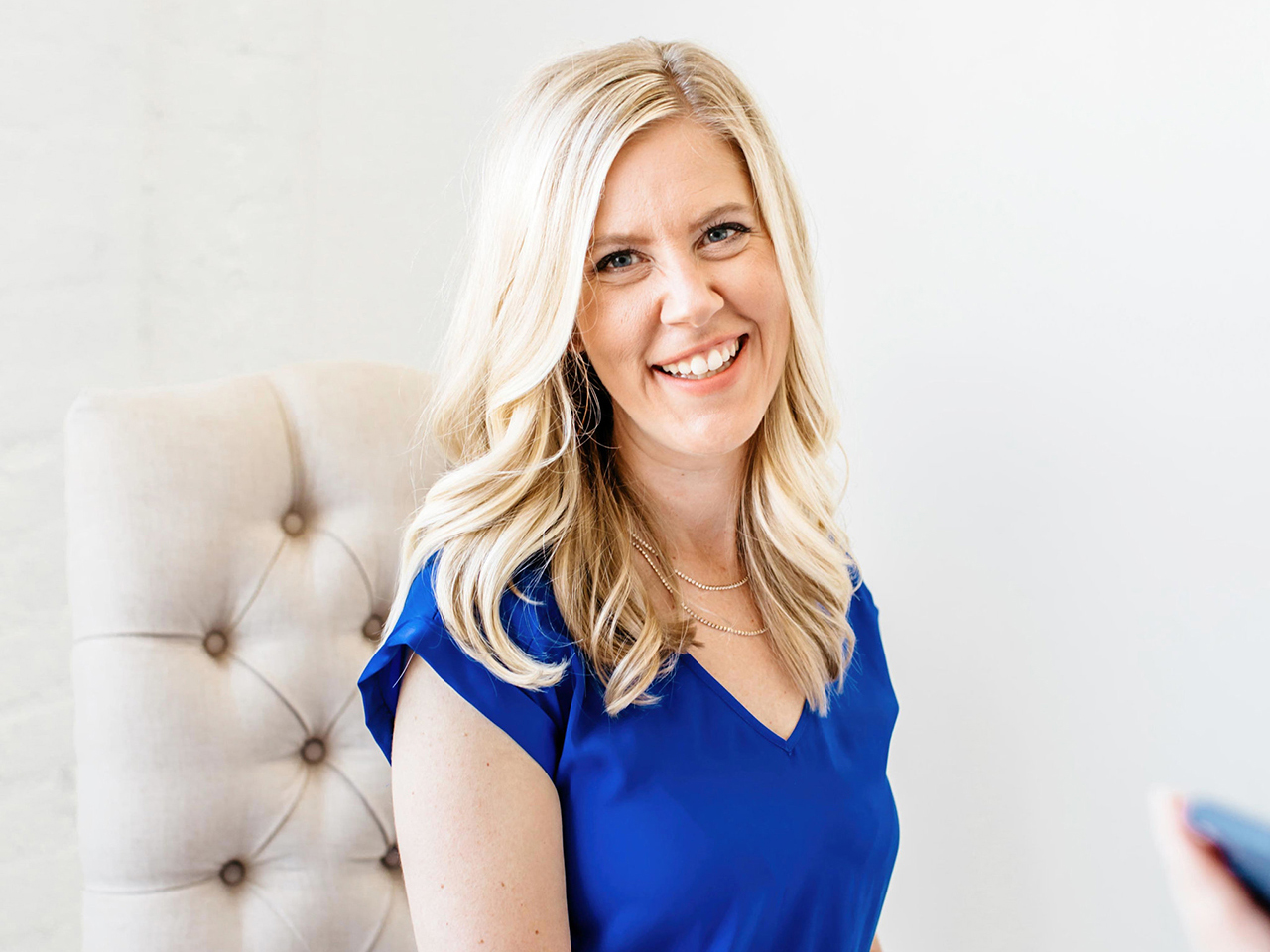Self-compassion is simply giving the same kindness to ourselves that we would give to others.
— Christopher Germer
I will never forget a client I saw years ago. On the surface everything seemed okay and she had checked off all the boxes of a career, marriage, family, children, etc. Yet she was struggling with PTSD, bouts of depression, and codependency with someone close in her life. She would frequently say things like, “I know I have this and that going right…but I just feel so sad and anxious. It is probably no big deal and I just need to get over it.” Conversations with her prepared me for years of future similar conversations with other clients, and I am so thankful for the valuable lesson she taught me: It is possible to simultaneously experience good AND feel painful emotions.
Let us dissect the above sentence from my dear client:
“I have this and that going right…but I just feel so sad and anxious. It is probably no big deal and I just need to get over it.”
There is a word in there that we need to replace with our magic word, “and” and that is but. The word “but” negates whatever comes before it by placing weight on what comes after it. Take the following example that most of us can relate to:
“I love you but you really need to communicate better.”
What do you hear in that sentence? Surely not the “I love you” part. No, what you hear is that last part–you need to do x, y, or z better. This can be devastating in relationships with loved ones, children, and especially with ourselves. So I recommend replacing that “but” with “and”; this will give power to both ideas in the sentence, affirming your situation, as well as, your emotions. I call this the “YES…and” principle. Here’s how it works:
“I love you AND if you could voice your needs it would help me meet them better.”
The word “and” does not negate the “I love you” which comes before it. Instead, it allows both parts of the statement to stand alone and mean something. In other words, “YES, I love you, AND better communication would help us both.” Think about how powerful this simple switch can be!
Kristin Neff has a very useful exercise that she calls a Self-Compassion Break that I enjoy teaching my clients. Her mindfulness activity invites you to confront the challenge or situation facing you, feel it, and then literally talk yourself through it by using kind phrases like, “May I be strong and patient and give myself the compassion I need.” This exercise supports the principle of “YES…and” by allowing yourself to see hardship for what it is (YES) while not negating it by any favorable circumstances you may have (AND). Doing this also validates the fact that painful feelings are, by their very nature, temporary. They will weaken over time as long as we do not prolong or amplify them through resistance or avoidance. Kristin says, “The only way to eventually free ourselves from debilitating pain, therefore, is to be with it as it is. The only way out is through.”
Back to the first example from my tired client years ago. She said she was feeling tired and anxious, BUT she ought to be grateful for the good things in her life. The word “but” downplayed and discounted her very valid feelings, which worsened her situation. Instead, when you replace but with and, it gives credence to your feelings, as well as your situation. It was okay for her to be experiencing painful emotions (YES), while also appreciating other aspects of her life (AND). Here is another example:
“YES, I am grateful for my wonderful job and loving family… AND right now I also feel sad and anxious.”
It is OKAY to experience a good thing and simultaneously feel whatever heavy or painful emotion(s) you may feel. It is extremely validating to let yourself exist in that space that “YES…and” allows you. Practicing and incorporating this principle into your life is a powerful way to extend yourself compassion.
The next time you catch someone you care about negating their own emotions or feelings by saying, “but” about their situation, encourage them to reframe their thoughts by using the “YES…and” principle. Not only that, make sure you are doing it yourself, as well, in your thoughts and inner dialogue. In a world where everyone is hard on themselves, I urge you to have your own back by practicing this simple principle of “YES…and.”
Melissa Cluff is a Licensed Marriage and Family Therapist based in North Texas, providing face-to-face and telehealth therapy options to clients in
References:
- Cluff Counseling: “FINDING YOUR STRENGTHS”
- Cluff Counseling: “LIFE IS HARD–CHOOSE JOY”
- Cluff Counseling: “MEASURING YOUR SUCCESS”
- Cluff Counseling: “THE POSITIVE INFLUENCE OF AFFIRMATIONS”
- Cluff Counseling: “PRACTICAL WAYS TO PRACTICE MENTAL HYGIENE”
- Cluff Counseling: “SELF-CARE: IS IT SELFISH?”
- Cluff Counseling: SELF-COMPASSION: A NEGLECTED FORM OF SELF-CARE
- Cluff Counseling: “SELF-ESTEEM & SELF-WORTH: TWO ESSENTIAL COMPONENTS OF THE SELF”
- Forbes: “SCIENCE EXPLAINS THE LINK BETWEEN SELF-COMPASSION AND SUCCESS”
- THE GOTTMAN INSTITUTE
- The Gottman Institute: “BE THE CHANGE YOU WISH TO SEE IN YOUR RELATIONSHIP”
- The Gottman Institute: “AVOIDING THE TRAP: HOW TO STOP JUDGING YOURSELF”
- The Gottman Institute: “SELF-INTEREST IS NOT SELFISH IN RELATIONSHIPS”
- Hope Wellness: 18 Quotes to Inspire Self-Kindness and Self-Compassion
- Kristin Neff: Exercise 2: Self-Compassion Break
- Mind Body Green: “10 WONDERFUL WAYS TO PRACTICE SELF-LOVE”
- Psychology Today: “8 POWERFUL STEPS TO SELF-LOVE”
- Psychology Today: “A SEVEN-STEP PRESCRIPTION FOR SELF-LOVE”
- SELF-COMPASSION Organization


